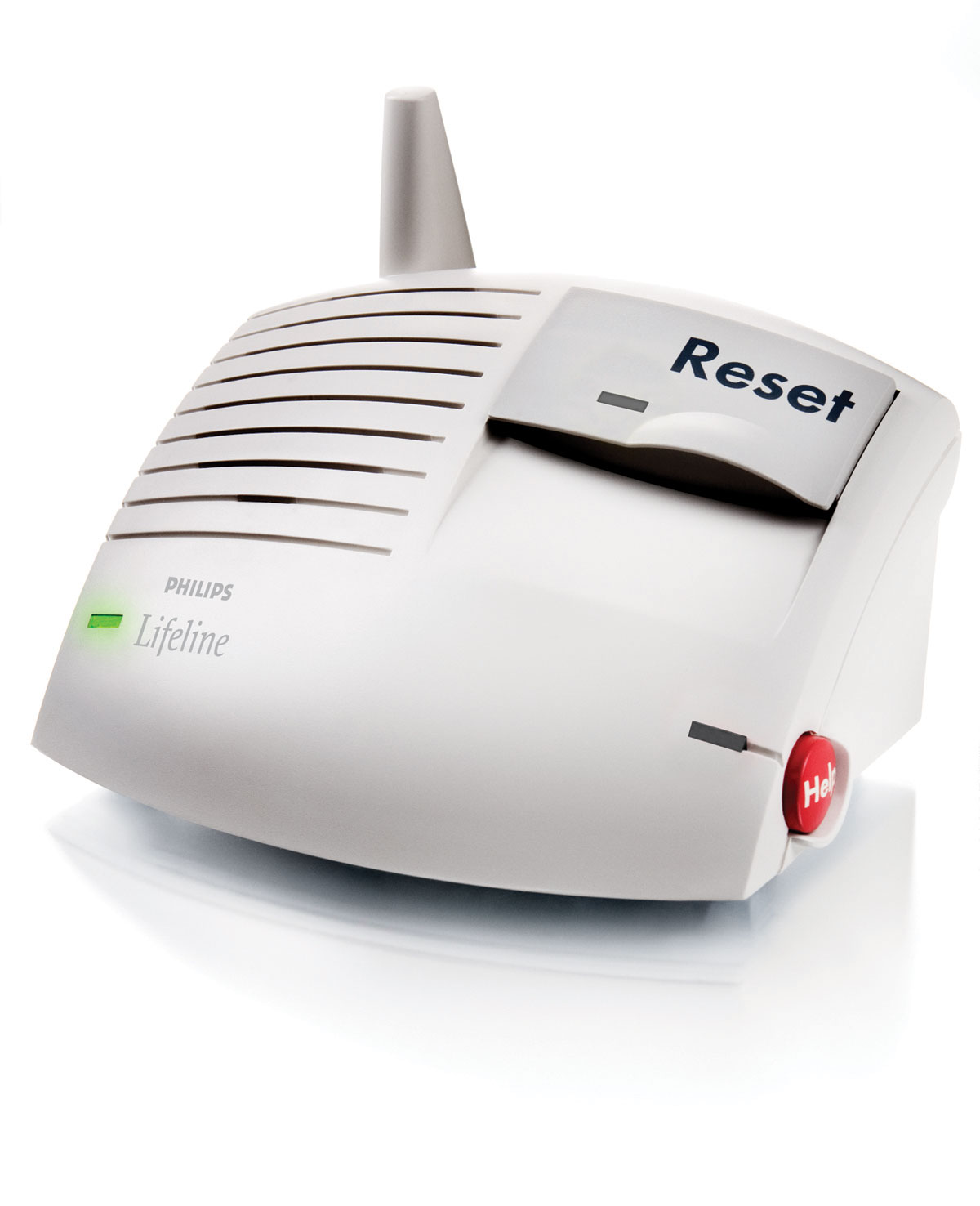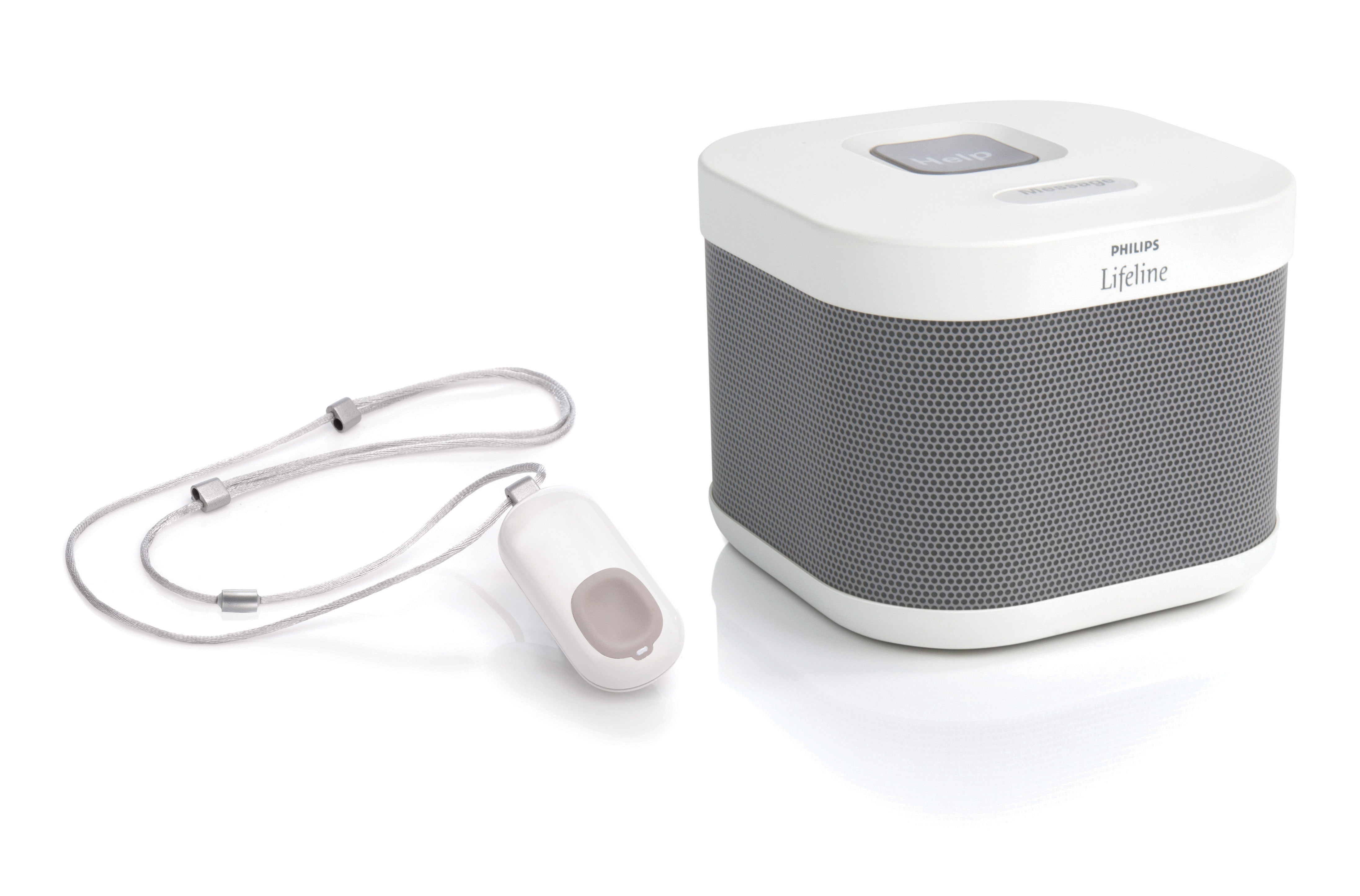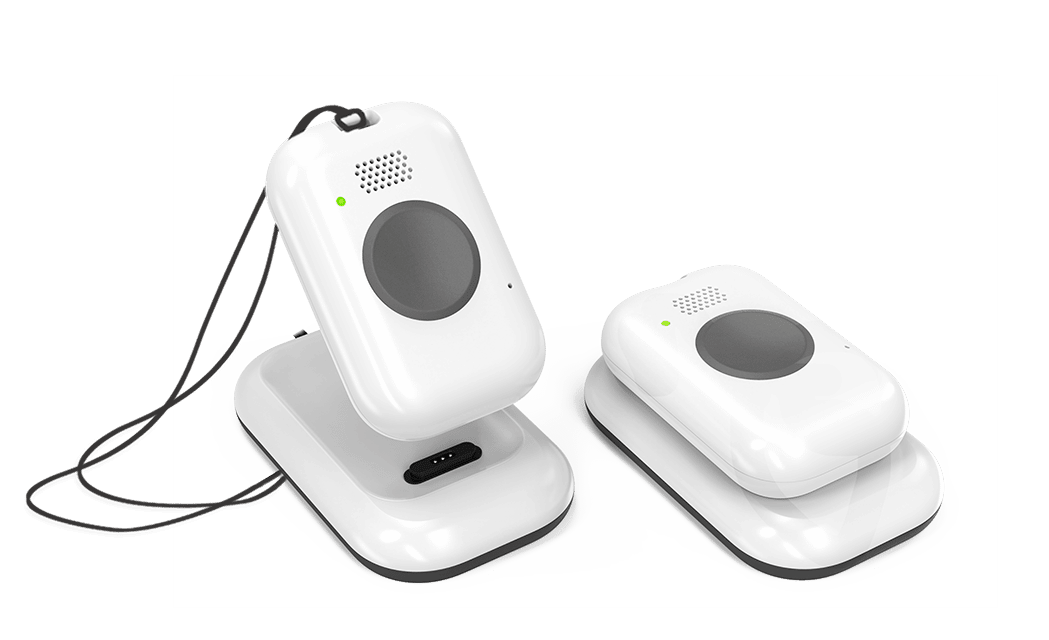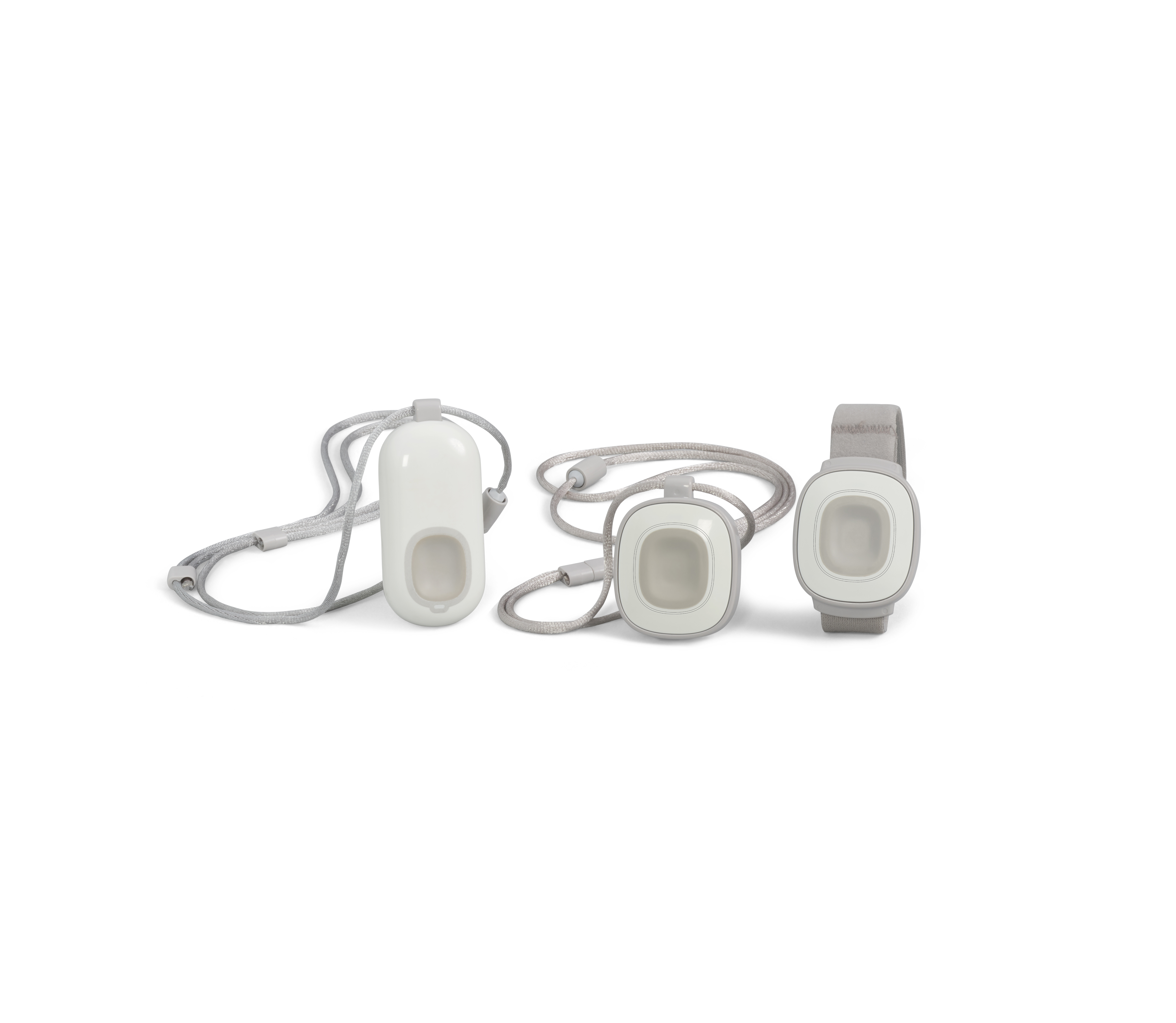History
History of Nodaway County Lifeline:
In 1983 Bonnie Williams, daughter of respected Maryville resident Inez Bowman, told her mother about an emergency response system that was available in Iowa City, IA. She thought her mother might be interested in the program. Inez was intrigued by the concept and brought it to the Maryville Citizens for Community Action (MCCA) for consideration. The MCCA Human Resources Task Force thought it warranted further investigation and approached St. Francis Hospital to see if they would be interested in establishing the program. The Hospital had already heard of the program and they were considering it.
A committee, consisting of Martin Goedken from St. Francis Hospital, Mildred Davis, Inez Bowman and Donna Holt traveled to St. Joseph, MO to talk to the Lifeline volunteer coordinator to see how their organization operated. After this meeting the St. Francis Hospital administration decided that the funds were not available to buy the units necessary to begin the program. Undaunted, a group of individuals decided to undertake the program.
Frank Strong volunteered to help file the articles of incorporation that were signed by Inez Bowman as vice president, Bob Bush as president and Donna Holt as treasurer. On May 11, 1984, the Health Emergency Lifeline Program (HELP) became a not-for-profit corporation. A federal tax number was issued to the new organization on October 18, 1984. The all-volunteer organization known as, the Health Emergency Lifeline Program, Inc. was born.
The first contract with Lifeline Systems, Inc., whose home office is in Massachusetts, was signed on June 29, 1984. The units and new response center were shipped, and the first installation was set up for Wednesday, August 22, 1984 at 11:00 a.m. for Florence Zimmerman. It was quite a media event KQTV out of St. Joseph, MO and local media attending.
Funding to start the program came from two large donations. The St. Francis Hospital Auxiliary donated $5,000 and the Business and Professional Women (BPW) donated $5,000 that had come to them from a bequest. Officers of HELP decided to lease the equipment rather than purchase it outright. This turns out to have been a wise decision. HELP would not have been able to expand the program if the home units and response center had to be purchased. At the time, individual units cost $495 and the response center $7,000.
Leasing has allowed HELP to stay current with the latest technology. The life of each lease is five years. When the time period for each lease is ended, HELP’s Executive Committee seeks approval from its Board of Directors to enter a new lease for the same number, a lesser number or a greater number of units. That decision is driven by whether there are several names on the waiting list. With over 150 units in service in 2008, the program continues to be a valuable resource for Nodaway County community members and those living in the surrounding area whose doctors utilize St. Francis Hospital and Health Services. In the summer of 2004, the volunteers who operate the program were happy to celebrate 20 years of dedicated service and caring for their neighbors through the Health Emergency Lifeline Program.
In 2011 a transition from site monitoring at St. Francis Hospital to central monitoring from a location in Massachusetts was successfully completed. This change occurred because the site monitoring unit at St. Francis would become obsolete in 2012-- no longer able to be serviced. Site monitoring was free; central monitoring carries a monthly charge for each unit monitored. HELP has converted all program units from leased to owned property over the past 5 years with the return of the final leased units to Lifeline in February 2015. The commitment to ownership allows HELP to keep costs as affordable as possible to our Nodaway County subscribers.
HELP current inventory has declined due to the discontinuance of the first digital units (DT 1000) and rollovers, we currently have an inventory of 88 units which includes the addition of cellular based units. HELP still has some DT 1000s in use and are gradually replacing them as they fail to work. Future purchases will include both landline (6900 Model Units) and cellular (7000 Series Units) communicators. In addition, there are units now being used that are mobile and do not use a base communicator. Communication is all through the button.
In 2021, Connectamerica purchased Philips Lifeline and changed the name to Lifeline Systems Company or “Lifeline”.
In early 2022, Lifeline converted from 3G to 5G service for cellular. This required changing from 7000C communicators to 7200C communicators. Also, the GoSafe 2 (7150MHB) mobile button converted to the On The Go (7250MHB) mobile button. Finally, the 7200C communicator did not have a mobile button like the 7000C communicator as one of its buttons.
Since 1984, HELP has served 1,379 subscribers as of 2022. Of the current subscribers, 78 have had Lifeline between one to ten years; 6 have had Lifeline over ten years of which 2 subscribers have received services for more than 15 years. Remaining in the security and comfort of their own home has been a reality for these valued members of our community.
Highlights
HELP formed as a not-for-profit, all-volunteer organization in the St. Francis Hospital service region.
The program is site monitored with all units leased.
The first 12 units were installed beginning in August 1984.
1983 – Inez Bowman brought the idea of Lifeline to the attention of the community group known as the “Maryville Citizens for Community Action”.
May 1984 – Health Emergency Lifeline Program, Inc. was officially incorporated.
March of 1986, the founder of Lifeline Systems, Inc., Dr. Andrew Dibner, visited Maryville.
The Health Emergency Lifeline Program received a grant from Lifeline Systems (through the efforts of Dr. Dibner) in the amount of $4,000 for writing a “manual” entitled, “Forming an All-Volunteer Lifeline Program” which was submitted in December 1986.
In 2010, due to the high cost of replacing the RC500 response unit, HELP joined the Central Monitoring Program provided by Philips Lifeline.
Beginning in 2010, HELP began a transition to purchased units while continuing to lease to subscribers. This process was completed in February 2015.
In 2011 a transition from site monitoring at St. Francis Hospital to central monitoring from a location in Boston, Massachusetts was successfully completed.
In 2010, after 27 years of volunteering, Donna Holt transitioned to a more limited role. In 2013/14, Nancy Baxter (28 yrs.) and Dr. Bob Bush (30 yrs.) relocated to be closer to their children. Barbara York, a retired Public Health RN and founding member, remains actively involved.
The monthly lease cost to subscribers is reasonable and considerably less than similar programs operated throughout the United States. Installation and site monitoring are free. Only the cost of monitoring from Philips Lifeline and minimal administrative costs are included in the monthly fee. Keeping costs low is an important feature of the HELP program.
In 1987 Bob Bush, first HELP president, served on the planning committee for the Lifeline systems national conference held in Kansas City, Missouri.
HELP has grown to as many as 181 leased units; leasing allows the program to offer the most up-to-date technology to its subscribers.
HELP has consistently received funding from the local United Way and various service groups throughout the county to provide units to subscribers with modest means.
HELP has been with Lifeline for over three decades of its history.
St. Francis Hospital and Health Services provided personnel to monitor the RC500 response unit, free of charge to the program 365 days a year, 24 hours a day to 2010.
Between 1984 and 2022, HELP has served 1,379 subscribers. Remaining in the security and comfort of their own home has been a reality for these valued members of our community.





